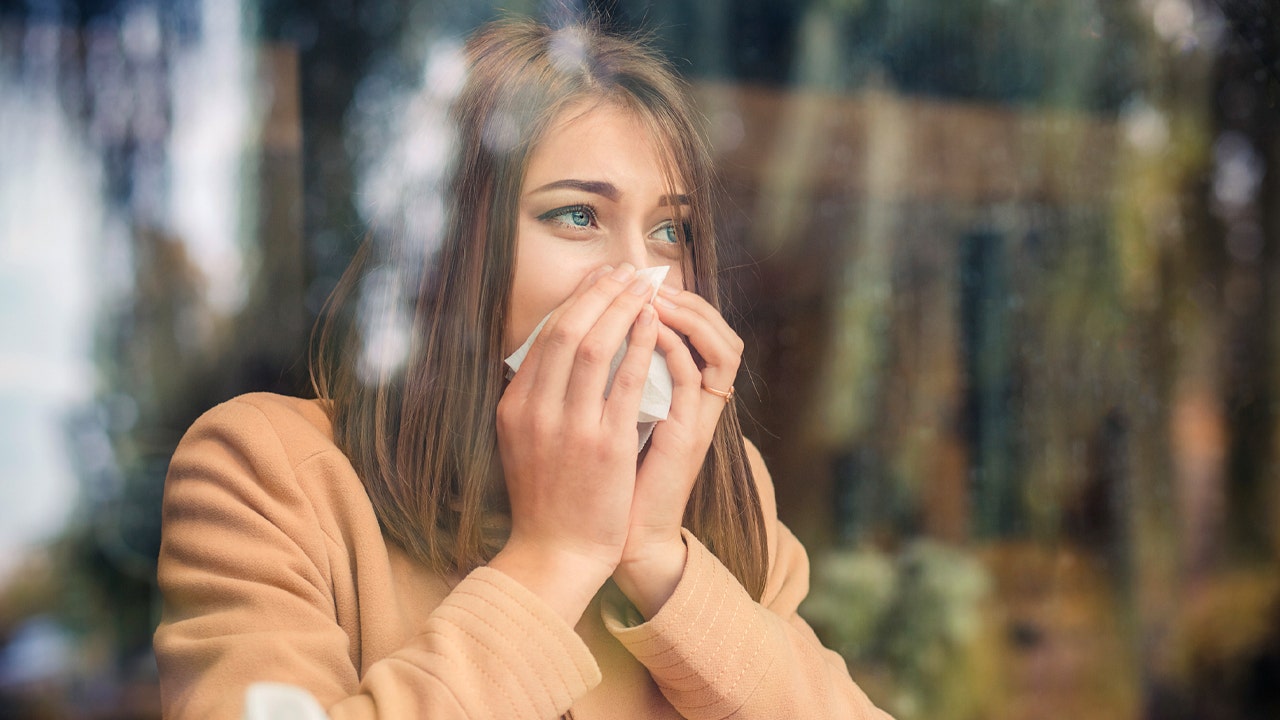Optimizing Exercise During Cold Season: Tips from Experts
Getting the cold and flu can really put a damper on your lifestyle — but you don’t always have to put your exercise regimen on the back burner when you get sick.
“Nobody likes being sick or under the weather,” said Teddy Savage, national lead trainer at Planet Fitness who is based in Baltimore, Maryland. “The good news is that there are ways you can quickly get back to feeling like yourself and having your energy levels and stamina back on top in no time.”
Do and Don’ts of Exercise During Cold Season
Check with your doctor
“First things first, make sure that you get the proper approval from your primary care physician before going back into any physical activity,” Savage recommends.
In general, mild or moderate exercise is probably fine with only mild cold symptoms, like a runny nose, nasal congestion, and sneezing, according to the American Lung Association.
But experts caution that doesn’t mean going full throttle. Consider reducing the length and intensity to avoid injury or the risk of your cold turning into something more serious when you get sick.
Symptoms above the neck or below?
“I usually use the neck check,” said William Roberts, M.D., American College of Sports Medicine (ACSM) chief medical officer based in Mahtomedi, Minnesota. “If you have a fever or symptoms in the neck or below, such as a sore throat, cough or difficulty breathing, then you should not work out until you feel well or you have been cleared by your physician.”
“If your symptoms are above the neck, it’s OK to go ahead with your exercise (if it doesn’t make you feel worse), maybe at a lower intensity,” he added in an email.
“If you have a fever or symptoms in the neck or below, such as a sore throat, cough or difficulty breathing, then you should not work out until you feel well or you have been cleared by your physician.”
“Athletes are held from participation if symptoms are below the neck (fevers/chills, body aches, fatigue, sore throat, swollen lymph nodes, cough/wheeze, diarrhea/stomach pain),” said Dr. Matthew Silvis, a sports medicine physician at Penn State Health in Pennsylvania.
Severe symptoms such as a fever, muscle aches all over the body, or an upset stomach mean you should take a break from exercise to let the body heal.
And avoid exercising with other people if you have COVID-19 or other contagious illnesses, the Mayo Clinic noted.
Listen to your body
We should listen to what our body is trying to tell us, experts recommend. For example, if we feel too sick to work out, don’t worry. Our exercise performance will not suffer if you take a few days off to get better, according to the Mayo Clinic. When you start feeling better, gradually restart your normal exercise routine.
Start with low impact exercise
Savage suggests starting with a low-impact exercise that gets the heart rate up, like walking on the treadmill. This allows the user to be in control of the speed and incline while “engaging your total body, focusing on your breathing, and allowing your cardiovascular system to slowly get back into the game.”
When resuming strength training, make sure you “don’t try to do too much, too quickly,” Savage said. He recommended avoiding heavy weights but instead concentrating on exercises that put the muscles under positive stress.
“For example, use strength equipment that supports your posture and select a lighter weight to start and build up from there.”
People might need to take longer periods of rest between sets for at least 60 to 90 seconds to avoid the temptation to overtrain — and to also allow yourself to catch your breath.
Remember to hydrate
“Hydration is going to be one of the most important components to regaining your health after being sick,” Savage noted. Make sure to stay well-hydrated — “hydration is going to be one of the most important components to regaining your health after being sick.”
“Keep your water handy and sip smaller amounts during your workout instead of waiting until you feel thirsty.”
He also reminds people to leave time at the end of the workout to stretch, slow down the breathing, and listen to the body.
For more Health articles, visit www.foxnews.com/health.
Denial of responsibility! Vigour Times is an automatic aggregator of Global media. In each content, the hyperlink to the primary source is specified. All trademarks belong to their rightful owners, and all materials to their authors. For any complaint, please reach us at – [email protected]. We will take necessary action within 24 hours.


